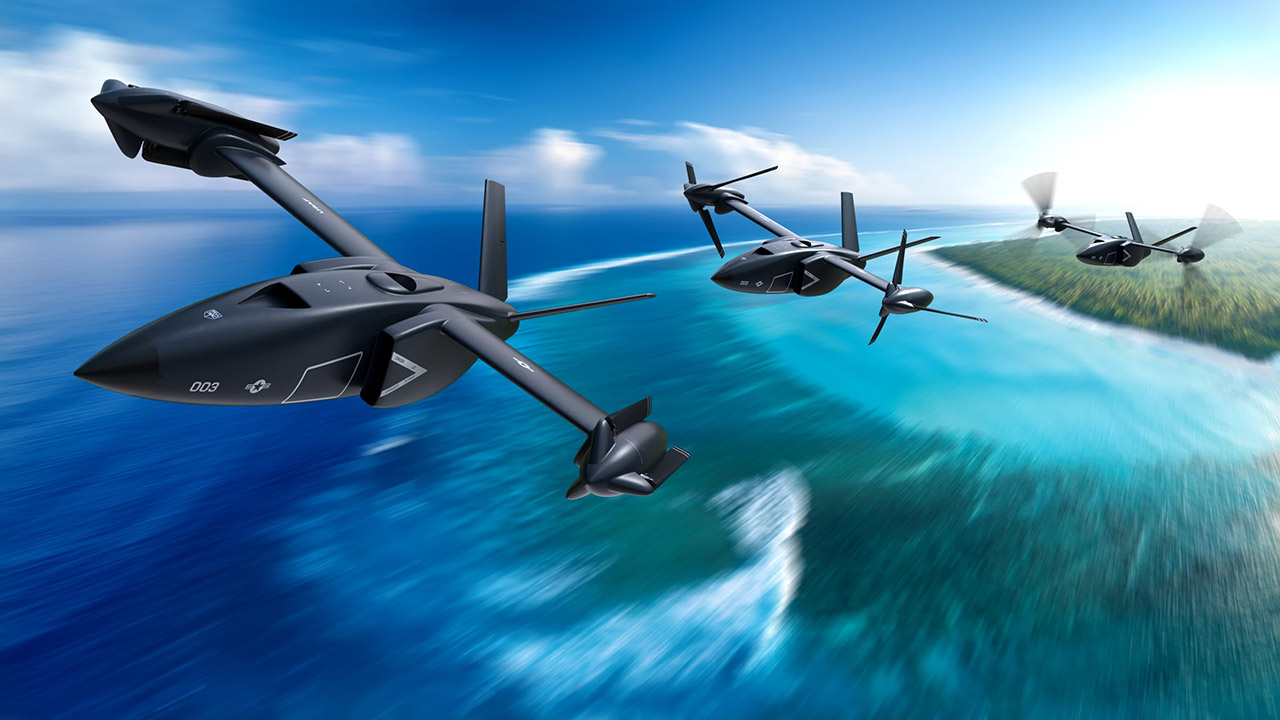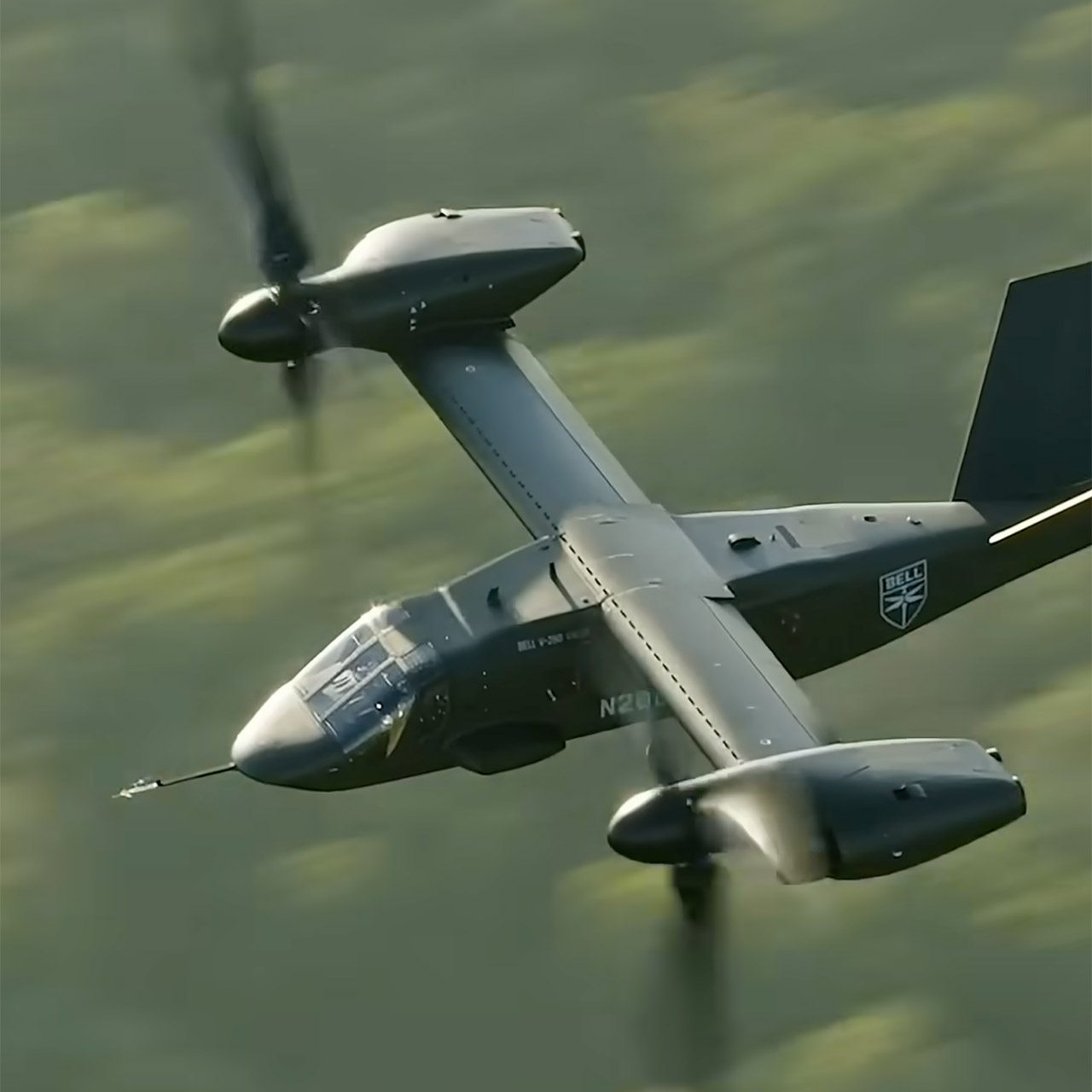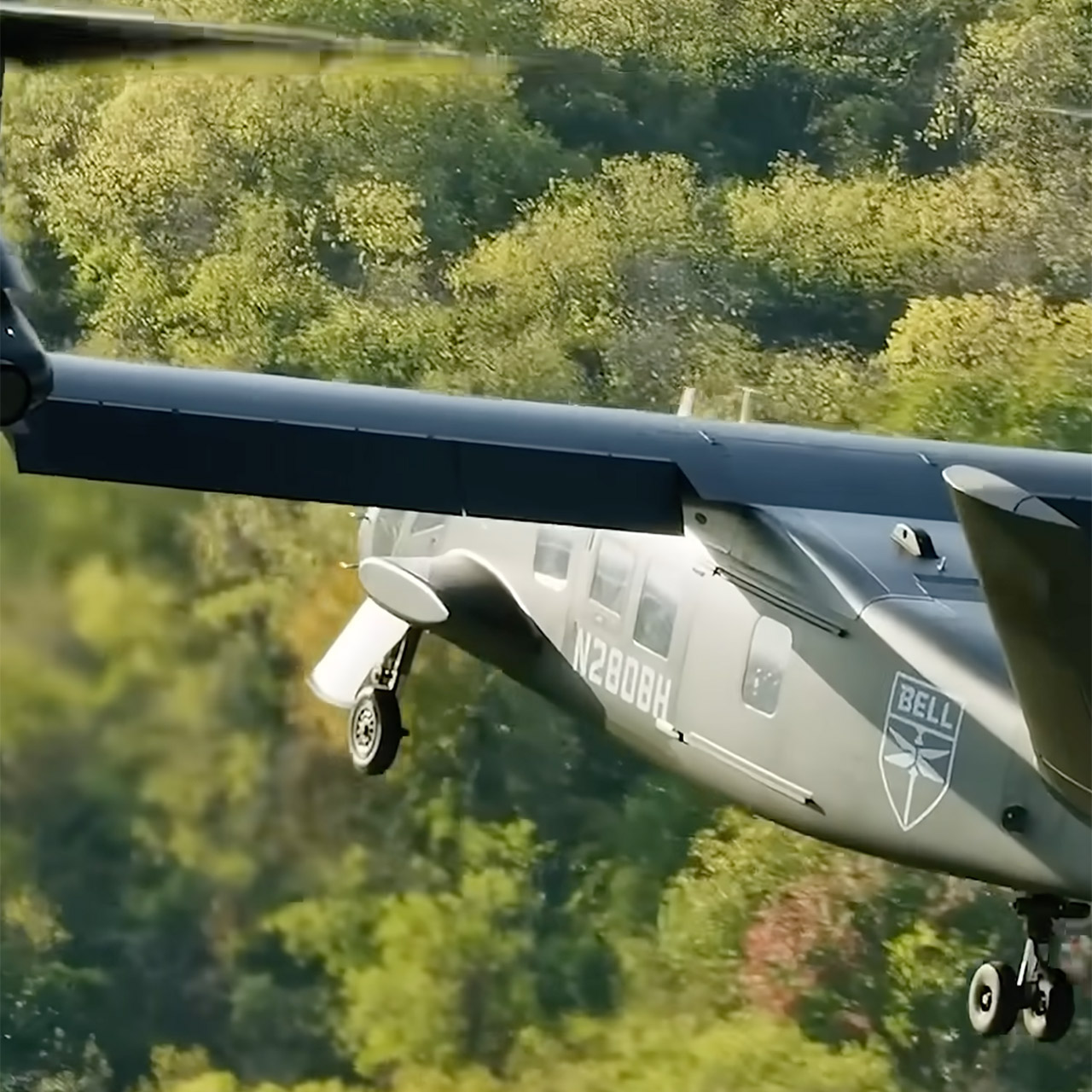
Bell Textron’s X-Plane, part of DARPA’s Speed and Runway Independent Technologies (SPRINT) program, combines the straight up and down maneuverability of a helicopter with the speed of a jet.
Taking cues from the Valor-280’s tiltrotor design, the X-Plane has a new trick called High-Speed Vertical Takeoff and Landing (HSVTOL). It can rise vertically, hover steady as a rock, and then zip through the air at 400 to 450 knots—about 460 to 518 mph. That’s faster than any helicopter, beating the Airbus X3’s 293 mph record and close to a commercial jet.

DJI Neo, Mini Drone with 4K UHD Camera for Adults, 135g Self Flying Drone that Follows You, Palm Takeoff,…
- Lightweight and Regulation Friendly – At just 135g, this drone with camera for adults 4K may be even lighter than your phone and does not require FAA…
- Palm Takeoff & Landing, Go Controller-Free [1] – Neo takes off from your hand with just a push of a button. The safe and easy operation of this drone…
- Subject Tracking & QuickShots – Effortlessly capture stunning vlogs as DJI Neo smartly follows you. Getting professional footage has never been easier…
Unlike jets, this plane doesn’t need a runway. It can take off and land on rough ground, small ships or busted up airstrips. The secret is in the nacelles where the rotors can feather, stop and fold away as the plane switches from propeller powered flight to jet propulsion. This reduces drag from the unused rotors and lets the X-Plane fly faster and steadier. Jason Hurst, Bell’s executive vice president of engineering, said: “Bell is honored to have been selected for the next phase of DARPA’s SPRINT program and is excited to demonstrate a brand new aircraft with the first ever stop/fold technology.”

The stop/fold rotor system is the heart of the X-Plane’s design, building on the Valor-280’s tiltrotor setup but taking it further. For takeoff the wingtip rotors act like a helicopter’s, lifting the plane straight up. As it moves forward the rotors tilt to push the plane along, just like the V-22 Osprey. Then comes the big twist: the rotors stop, fold back into the body and the jet engines take over for high speed flight.

Military missions need flexibility and this X-Plane delivers. Helicopters are great for hovering and landing anywhere but are slow and exposed in danger zones. Jets are fast but need long runways. This Valor-280 inspired X-Plane splits the difference, launching from a patch of dirt or a ship’s deck and flying at speeds that rival regular planes. DARPA, working with the U.S. Special Operations Command, sees it carrying a 5,000 pound load, climbing to 30,000 feet and working in places where other aircraft struggle.

The X-Plane also brings stealth and safety. Folding rotors reduce its radar signature in fast flight making it harder to see. On the ground it kicks up less wind than a typical helicopter, keeping nearby troops and gear safer. Advanced propulsion and digital controls make it agile, handling sharp moves whether hovering or cruising. So the X-Plane is not just fast but ready for business.
Phase 2 will have Bell finalize the design, build the prototype and run ground tests and certifications. If all goes well, flight tests in 2028 will tell if this Valor-280 based aircraft can deliver.
[Source]